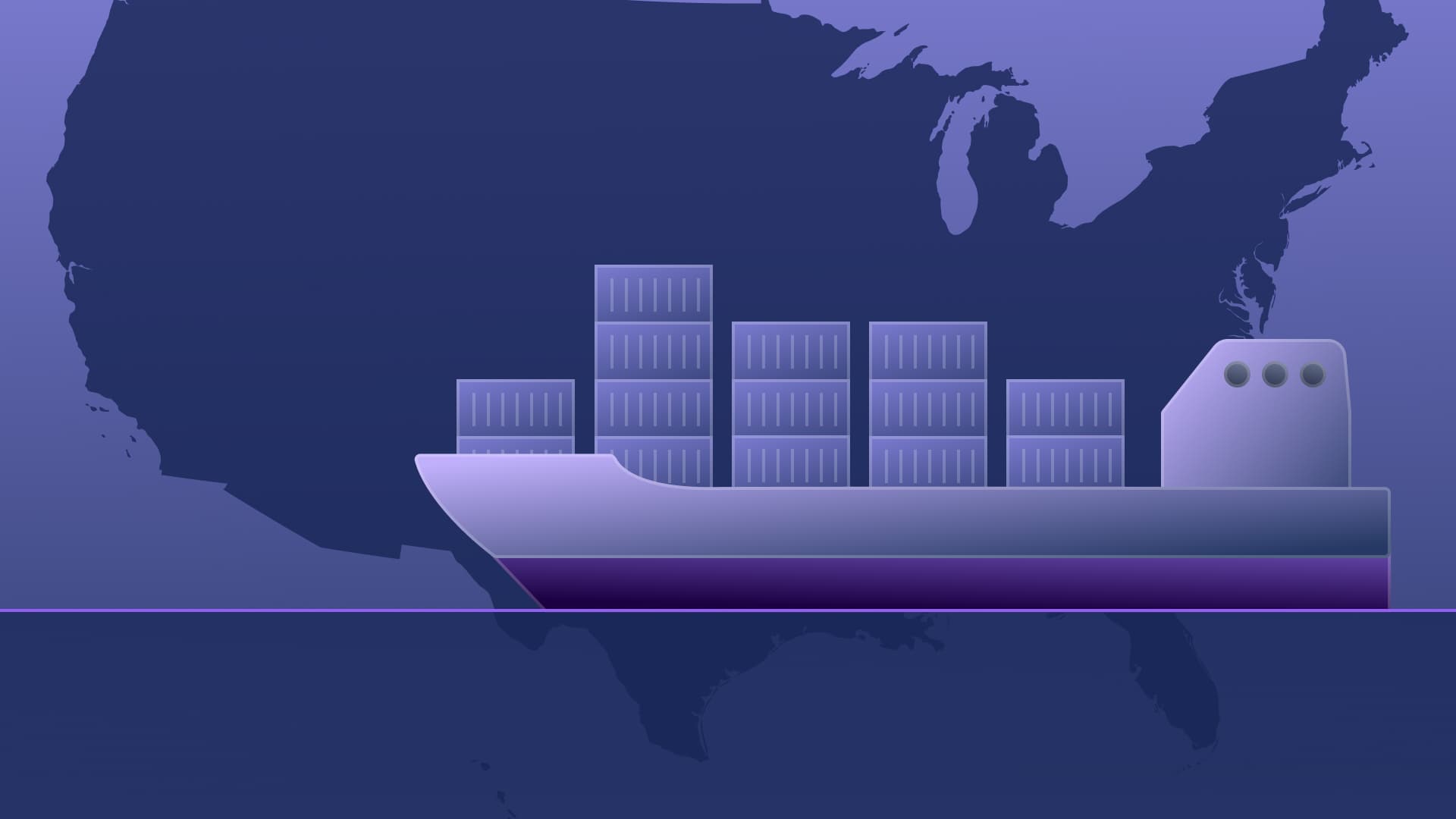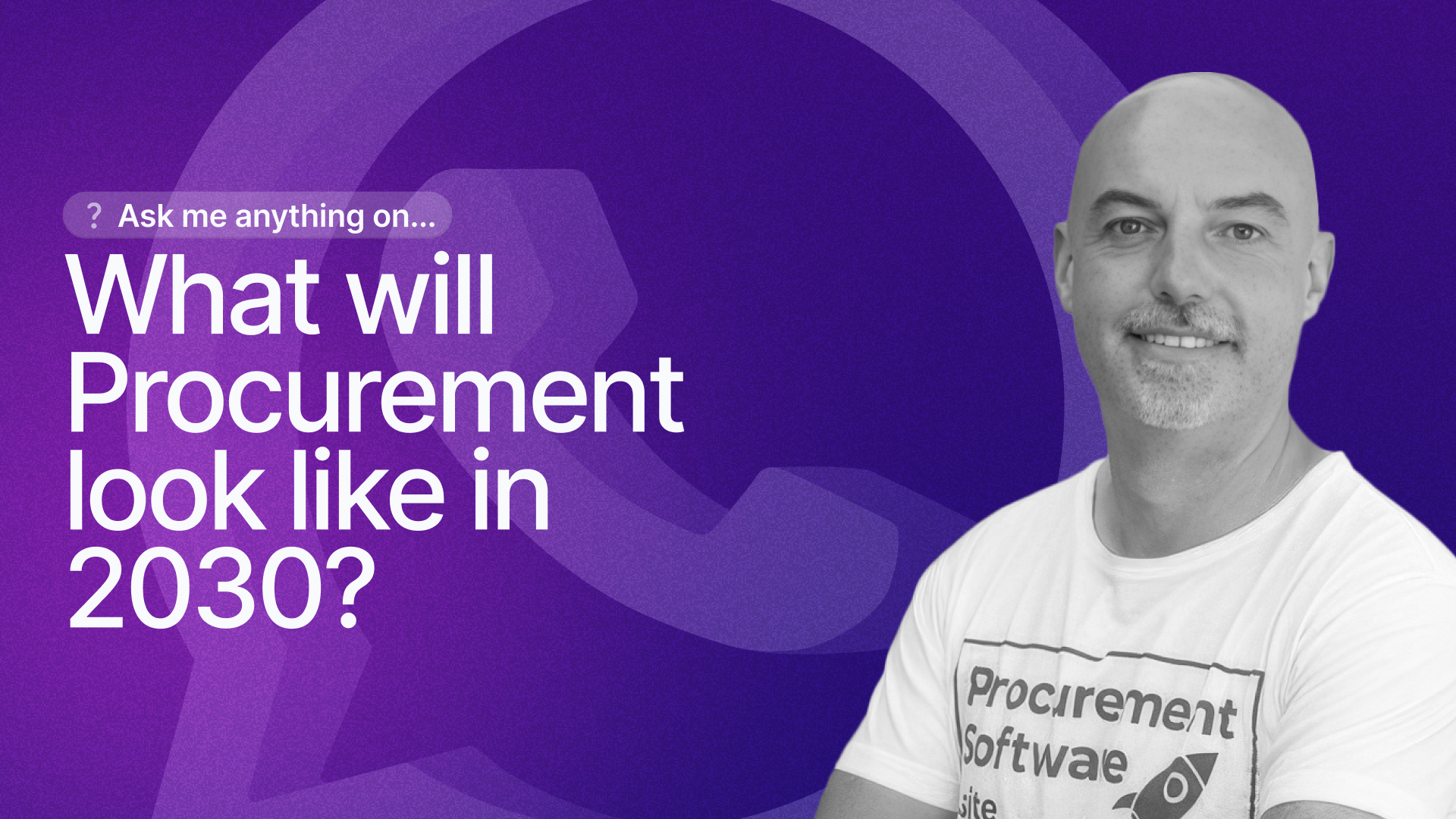What can software procurement learn from the impact of the US tariffs?

Take a self-guided tour of the platform.
See why Vertice is trusted by top procurement leaders.
Since April 9th, the US has implemented new taxes on incoming physical goods. The suddenness and size of these tariffs caught many procurement teams by surprise.
But what actually happened?
We’ve analyzed the $100Ms of spend managed through the 1000s of procurement workflows on our platform - spanning all categories of purchases across all business sizes and geographies within our global customer base - and compared their performance before and after the introduction of the tariffs.
The data shows two things:
- The material impact of tariffs on procurement operations around the world.
- And while the tariffs clearly do not directly affect software procurement, it nonetheless shows there are universal lessons for those running those processes to learn.
Observation 1: We saw an immediate 25% rise in intake requests taking longer than 45 days (the pre-tariff average)

Lesson for software procurement: As the tariffs had their inevitable impact on approval processes, procurement leaders will have been carefully monitoring the delays, their causes and dependencies and the people involved, and stepping in where possible.
But this is only possible when you have the data at your fingertips.
For software procurement, the tariffs emphasized the importance of both real-time monitoring and continuous analysis of approval processes. Not only should procurement leaders be able to step in and help as soon as delays occur, but they should also understand common root causes.
For example:
- Individuals - in which case training and education may be necessary.
- Types of request - which may be solved with approved supplier lists or custom dynamic intakes.
- Particular approval stages - which may indicate that approvers have to independently source the information they need because it is not provided through the workflow.
Observation 2: Three times as many workflows were paused or slowed down over price queries

Lesson for software procurement: These pauses were not created simply out of an unwillingness to spend. They were caused by a paralyzing uncertainty over whether the heightened prices were a short term reactionary peak, or more likely to remain.
Procurement teams lacked wider knowledge of how price trends were evolving, or any data on which to make an informed prediction.
While software prices are unlikely to fluctuate so extremely, this situation still highlights the power of vendor and market intelligence in software procurement. Vendor insights such as pricing benchmarks, market trends, individual vendors’ negotiation tactics and sales priorities all underpin fast decision-making, and provide confidence that the agreed contract terms are offering the best possible value.
Most of your peers do not take advantage of such intel.
Learn what impact this has on their software contracts’ TCV, and how you can avoid making the same mistake.
Observation 3: The standard deviation for procurement cycle length immediately increased 10%

Lesson for software procurement: The instant increase in variability in procurement cycle length post-tariffs shows how sudden shocks - whether external market forces or otherwise - will amplify internal inefficiencies.
For software procurement, this underscores the importance of having structured, intelligence-driven processes that can tolerate market disruptions without derailing timelines. When procurement cycles become unpredictable, so do spend forecasts, stakeholder alignment, and project timelines.
The wider saga of the US tariffs is likely to rumble on throughout 2025 and possibly beyond, but the lessons for procurement leaders and functions extend far beyond that.
These tariffs are simply an example of a sudden market disruption - and they won't be the last one to hit companies and their procurement operations.
Having access to real-time monitoring of processes, data analytics, and up to date market intelligence and insights are no longer improvement opportunities, they are necessities to prevent procurement processes from sinking under the waves created by significant changes to the wider market.
.webp)




.jpeg)
.jpeg)

.webp)